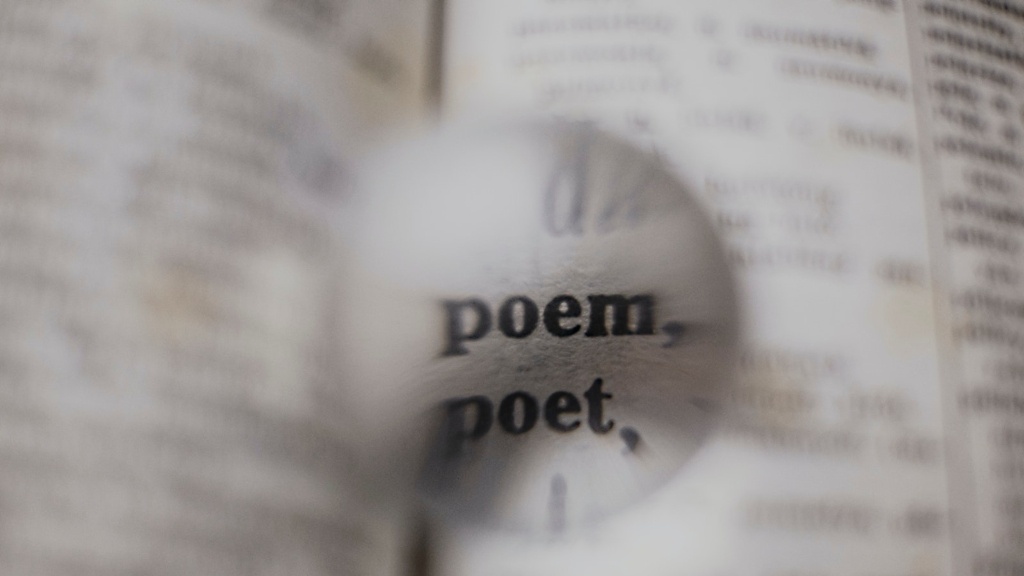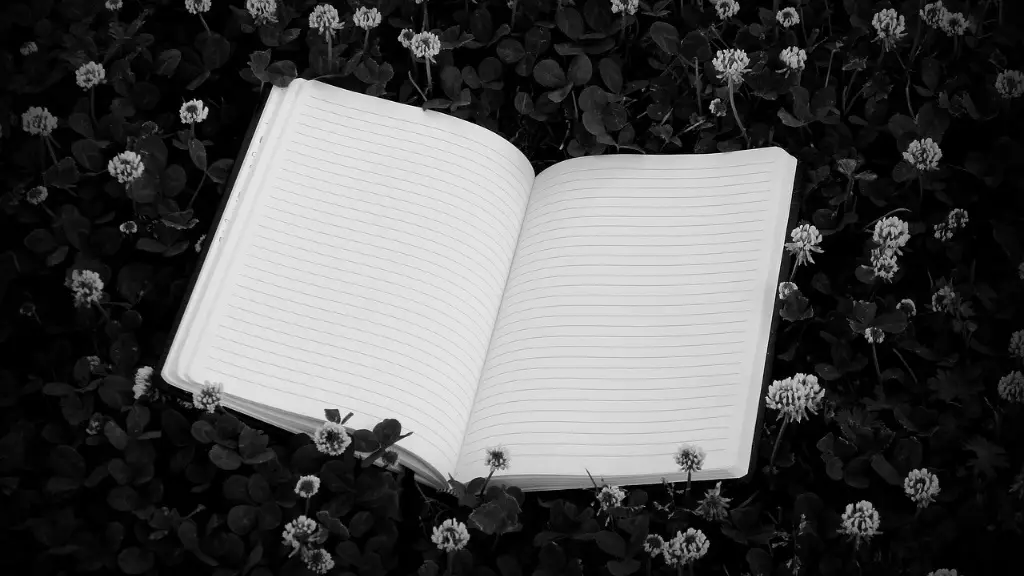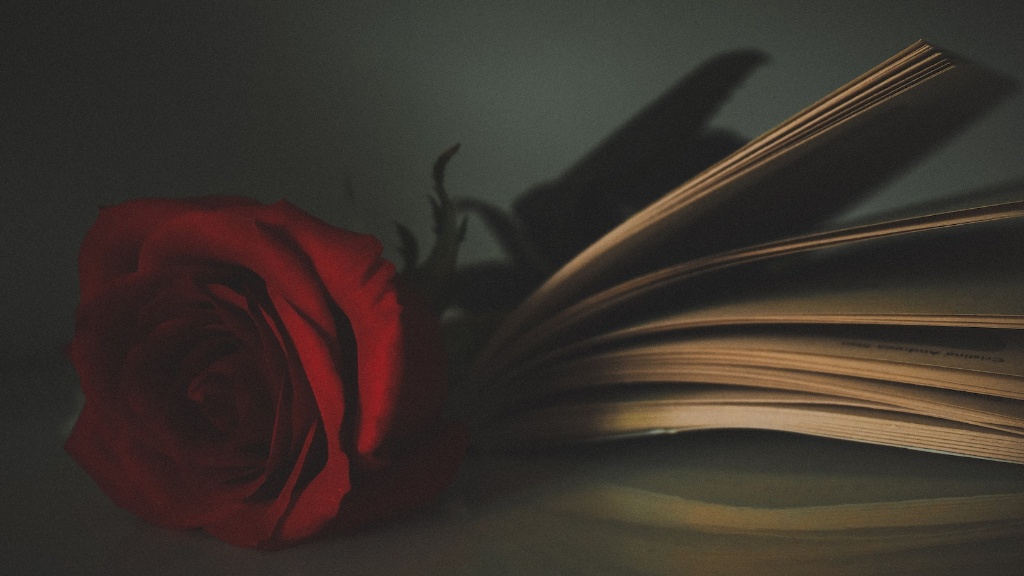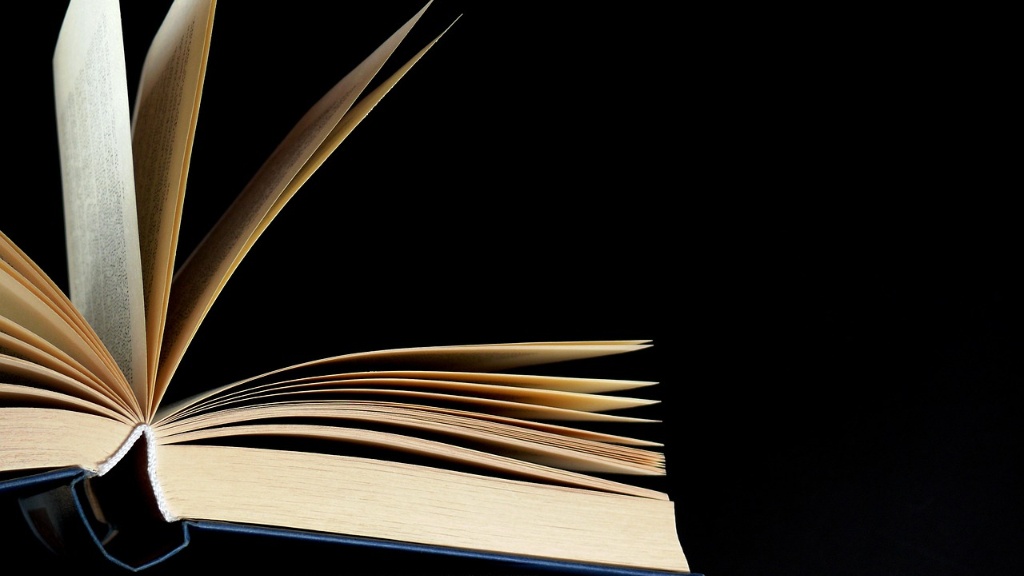Introduction
Writing poetry is widely perceived as an art form, a lofty talent that only a few exceptional individuals can master. Writing poetry is a craft that anyone can learn if they have the right combination of motivation, dedication, and passion. Whether you’re new to writing poetry or a long-time versifier, knowing the basics of how to write poetry and constructing your own poems is an enlightening experience.
Know the Basics of Writing Poetry
Form is the structure of a poem, including its length, line, rhyme scheme and other features like rhythm, stanzas and sound. Personification is the process of giving human characteristics to non-human things or abstract ideas such as emotion, love or fear. Word choice can make a poem interesting and unique or conventional and plain. Meter is the rhythm of a poem; this is what makes it sing. Imagery includes all the senses that create a mental picture for the reader, like sight, sound, touch, smell and taste. Refrain is a repeating phrase or line in a poem. Voice is the author’s personality coming through the text.
Create a Poem List
In the beginning, you should create a list of potential topics to explore in your poems. Brainstorm topics, like family, friendship, the natural world, emotions, current events,-whatever strikes up a strong emotion. Then explore it with paying attention to what strikes you. Go through and underline words, phrases, images that stand out and stay with you. You can collect these scraps in a commonplace book or journal. You should Use these words as jumping-off points for your writing.
Choosing the Right Form
Once you settle on a topic, you can play around with different types of form and structure. Maybe a haiku or a villanelle, an acrostic or a sonnet. They all have different requirements in terms of rhyme, meter, line length. Try it out and see how it works with your poem. Read other poems and look at anthology collections to familiarise yourself with different forms.
Getting Ready to Write
Now you need to prepare to actually write the poem. Get into the right frame of mind. Turn off the phone, block out distractions and sit down with a pen, notebook and your topic. It helps to think aloud as you go through the process of exploring your idea, getting vocal about your thoughts and jotting down anything that comes to mind. This process might take a few days or even weeks. You should take your own time before writing a poem and don’t feel like you have to rush the creative process.
Writing the Poem
Now it’s time to write the poem. It should be said that there is no right or wrong way to write a poem, as it’s an entirely individual endeavour. You could just let yourself write. Don’t worry if it doesn’t make sense or if it doesn’t sound right. That’s all part of the draft process. Read your poem out loud and listen to how it sounds. This should help you identify any areas you want to change. Take a break if you need to and come back to it with fresh eyes.
Revising Poems
When you’re revising, it’s all about exploring the poem and finding ways to improve it. This could include removing redundant words or lines, rearranging words and sentences or changing lines. Consider the tone and focus of the poem; is it consistent throughout? Does the title fit with the poem or could it be better? Are the words carefully chosen or could different words convey a stronger sentiment? Are there any images or ideas that don’t add to the poem?
Editing Poems
With editing comes proofreading. This is your chance to catch any mistakes. Go through the poem word by word, look out for misspelled words, incorrect punctuation, homonyms and other mistakes. For longer poems, read out loud again and look at the structure, flow and metre. Edit to maintain readability, but don’t over-edit.
Sharing the Poem
Sharing your poem can be difficult. You need to be willing to accept criticism and open to feedback. Make sure the poem is ready and publish it the way you want it to be seen. There are many options for sharing your poem, from literary reviews, poetry magazines and zines, to open mics and online platforms. You could even enter a poetry competition.
Tapping Into Your Creativity
Writing poetry is a creative act, so you must allow yourself to be creative. Read widely, watch films and TV shows and listen to music to find inspiration, then get lost in your words. Stay open. Writing doesn’t always come easily. Let frustration come, and if all else fails, take a break then start again.
Exploring Music, Movement and Melody
Explore different sound patterns that can help bring your poem to life. Songs, raps and spoken-word pieces all have a rhythm or flow that can be applied to your writing. Listen to your poem aloud as you write it, or add rhythmic movements as you read it. Use your voice to tap into the emotion behind the writing, and explore different tones or intonations.
Using Found Poetry
Found poems take existing words and phrases from other sources and arrange them into a poem. You can manipulate words from existing texts from books, newspapers, magazines and the internet. This is a fun way to work with a set of words and create something new.
Giving & Receiving Feedback
If you’re working with other people, it’s important to offer feedback and receive it. Respect other people’s work and be constructive with your criticism. Read your own poem out loud and ask questions. Feedback is critical in developing your writing, but don’t forget to trust your own judgement.



